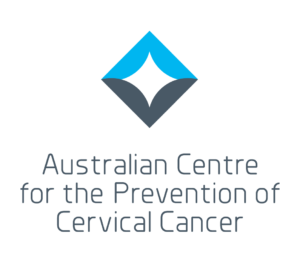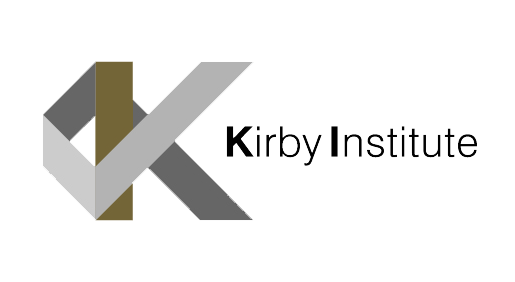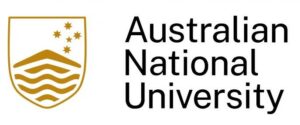Our Partners
The C4 CRE brings together Australia’s leaders in cervical cancer control, in both HPV vaccination and cervical screening, including researchers from The Daffodil Centre, the Australian Centre for the Prevention of Cervical Cancer, Kirby Institute at UNSW Sydney, the University of Melbourne, and the Australian National University.
The Daffodil Centre
The Daffodil Centre is a joint venture between Cancer Council NSW and the University of Sydney, combining the complementary strengths of the two partners to accelerate progress towards our common goal of a cancer-free future. The Daffodil Centre is a leading research centre on cancer control and policy – providing timely and relevant evidence to national and international policy-makers to inform best-practice decision-making in cancer control. We are focused on reducing the incidence, morbidity and mortality associated with cancer and on improving the quality of life of people with a cancer diagnosis.


The Australian Centre for the Prevention of Cervical Cancer
The Australian Centre for the Prevention of Cervical Cancer is a not for profit organisation drawing on over 50 years of expertise in cervical cancer prevention through laboratory and educational services, and 25 years of experience operating cancer screening and vaccination registries. These combined services have resulted in some of the lowest cervical cancer incidence and mortality rates globally. The Australian Centre for the Prevention of Cervical Cancer is a holistic entity that offers a comprehensive suite of services to support, monitor and manage population health programs, including screening and vaccination. This unique combination of services is proven to achieve better health outcomes and will ultimately save lives.
The Kirby Institute
The Kirby Institute is a leading global research institute dedicated to the prevention and treatment of infectious diseases. The institute was established in 1986 in response to the then emerging HIV epidemic. We now contribute to knowledge on a broad range of diseases, including viral hepatitis and sexually transmissible infections.


The University of Melbourne
Established in 1853, the University of Melbourne is a public-spirited institution that makes distinctive contributions to society in research, learning and teaching and engagement. It’s consistently ranked among the leading universities in the world, with international rankings of world universities placing it as number 1 in Australia and number 32 in the world (Times Higher Education World University Rankings 2017-2018).
The Australian National University
The Australian National University (ANU), founded in 1946, emerged with a visionary mission shaped by post-war optimism. Committed to realising Australia’s potential in a recovering world, ANU was conceived to foster national unity, enhance self-awareness, and build research capabilities of global excellence. Today, ANU proudly continues this work, connecting diverse talents, addressing complex issues, and fulfilling its crucial role as Australia’s national university, thereby contributing to both national progress and international responsibilities.






















